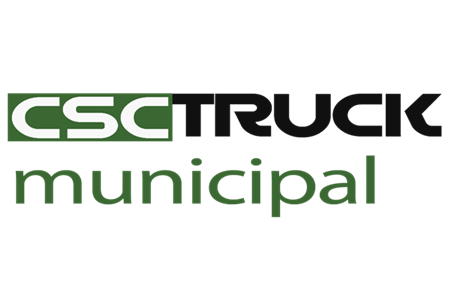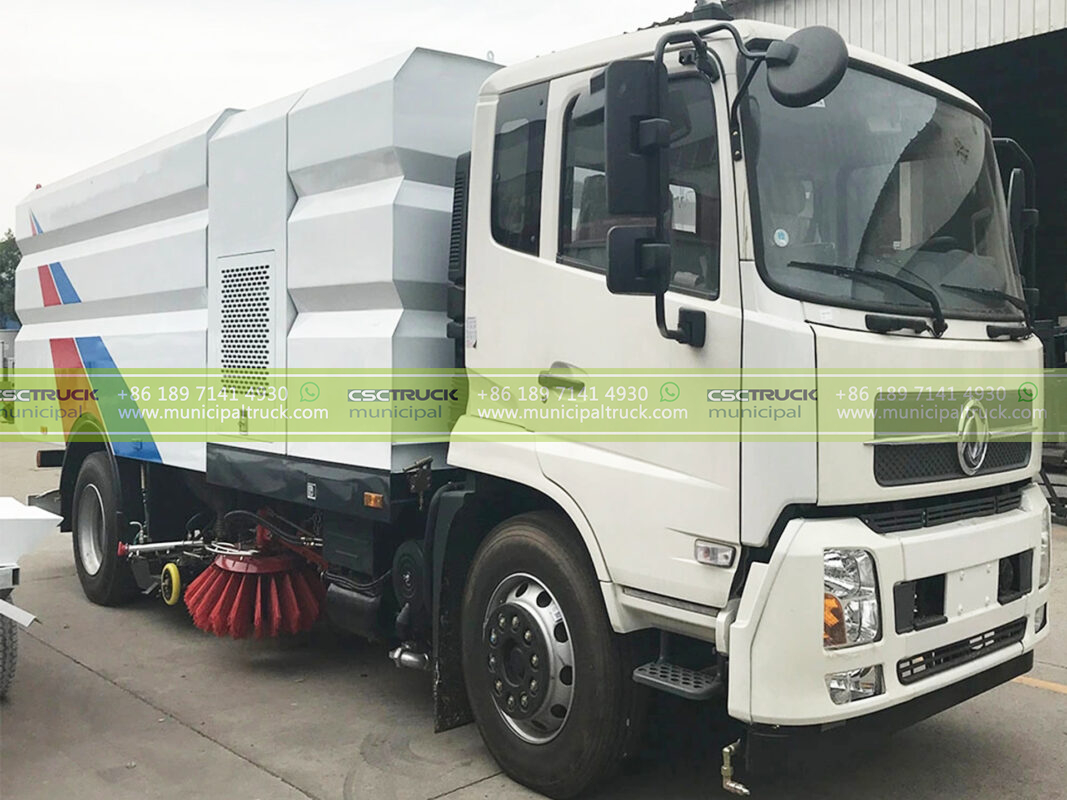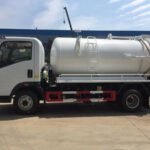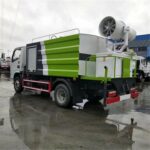Urban landscapes demand meticulous maintenance to ensure cleanliness, safety, and environmental compliance. For municipalities, contractors, and industrial complexes tasked with large-scale cleaning operations, selecting the right street sweeper truck is critical. These machines are not just about removing debris—they are integral to dust control, stormwater management, and preserving infrastructure. However, with diverse models on the market, each claiming superiority, choosing the optimal sweeper requires a nuanced understanding of performance metrics, operational demands, and sustainability goals. Below, we analyze the top contenders and key considerations to identify the best fit for expansive cleaning projects.
1. Key Factors in Choosing a Street Sweeper Truck for Large Areas
Sweeping capacity and efficiency are the cornerstones of any effective street sweeper truck. For large-scale operations, a machine must balance speed, debris-handling capabilities, and durability to withstand prolonged use.
Debris Volume and Type
High-traffic urban zones, industrial sites, and highways generate varying debris types—from fine dust and leaves to construction rubble. A mechanical broom sweeper excels in handling coarse materials like gravel, while vacuum sweepers are ideal for fine particles and litter. For mixed debris, regenerative air sweepers offer versatility by combining suction and filtration.
Fuel Efficiency and Environmental Impact
Modern sweepers prioritize reduced emissions, with electric and hybrid models gaining traction. For instance, the Bucher Municipal CityCat V20e operates entirely on electric power, eliminating diesel emissions—a critical factor for cities targeting carbon neutrality.
Integration with Water Management Systems
In arid regions or areas with water restrictions, pairing a street sweeper truck with a water sprinkler truck can optimize dust suppression. Some advanced sweepers, like the Tennant Green Machines, feature built-in water recycling systems, minimizing freshwater use while maintaining efficiency.
2. Top Contenders for Large-Scale Sweeping
A. Bucher Municipal CityCat V20e
The CityCat V20e stands out for its zero-emission operation, powered by lithium-ion batteries. With a sweeping width of 2 meters and a 6.5-cubic-meter hopper, it efficiently cleans urban streets and bike lanes. Its regenerative air system captures 99% of PM10 particles, making it ideal for cities combating air pollution.
B. Elgin Eagle OT Sweeper
The Elgin Eagle OT is a mechanical broom sweeper designed for heavy-duty tasks. Its oscillating broom technology adjusts to uneven surfaces, making it suitable for construction sites and highways. The 10-cubic-yard debris hopper and 700-gallon water tank enable extended operation without frequent refills.
C. Tennant GR5000
A regenerative air sweeper, the GR5000 combines suction and filtration to handle fine and coarse debris. Its closed-loop water system reduces consumption by 70%, aligning with sustainability goals. The dual-engine design allows independent operation of sweeping and propulsion systems, enhancing fuel efficiency.
3. The Role of Water Sprinkler Trucks in Enhancing Sweeper Efficiency
While street sweeper trucks handle debris removal, water sprinkler trucks play a complementary role in dust control. In large-scale operations, especially in construction zones or unpaved roads, dust suppression is critical for visibility and air quality.
Synergy Between Sweepers and Sprinklers
Pre-wetting surfaces with a water sprinkler truck before deploying a sweeper can significantly reduce airborne dust. For example, the Boschung Jetbroom integrates sprinkling and sweeping functions, offering a two-in-one solution for arid environments.
Water Conservation Technologies
Models like the Municipaltruck SmartSprinkler use IoT sensors to adjust water flow based on real-time dust levels, preventing overuse. This technology pairs well with sweepers like the Tennant GR5000, creating a closed-loop system that maximizes resource efficiency.
4. Cost-Benefit Analysis: Upfront Investment vs. Long-Term Savings
Purchasing a high-end street sweeper truck involves significant upfront costs, but operational savings often justify the expense.
Reduced Labor Costs
Automated sweepers like the Global Environmental Products (GEP) Eco-Sweep require minimal human intervention, cutting labor expenses by 30–40% in large municipalities.
Lower Maintenance Requirements
Electric models, such as the CityCat V20e, have fewer moving parts than diesel counterparts, reducing servicing needs. The absence of exhaust systems and oil changes further slashes long-term costs.
Compliance Penalty Avoidance
Cities facing strict air quality regulations can avoid fines by deploying low-emission sweepers. For instance, Los Angeles reduced PM2.5 levels by 15% after switching to electric sweepers in its port areas.







